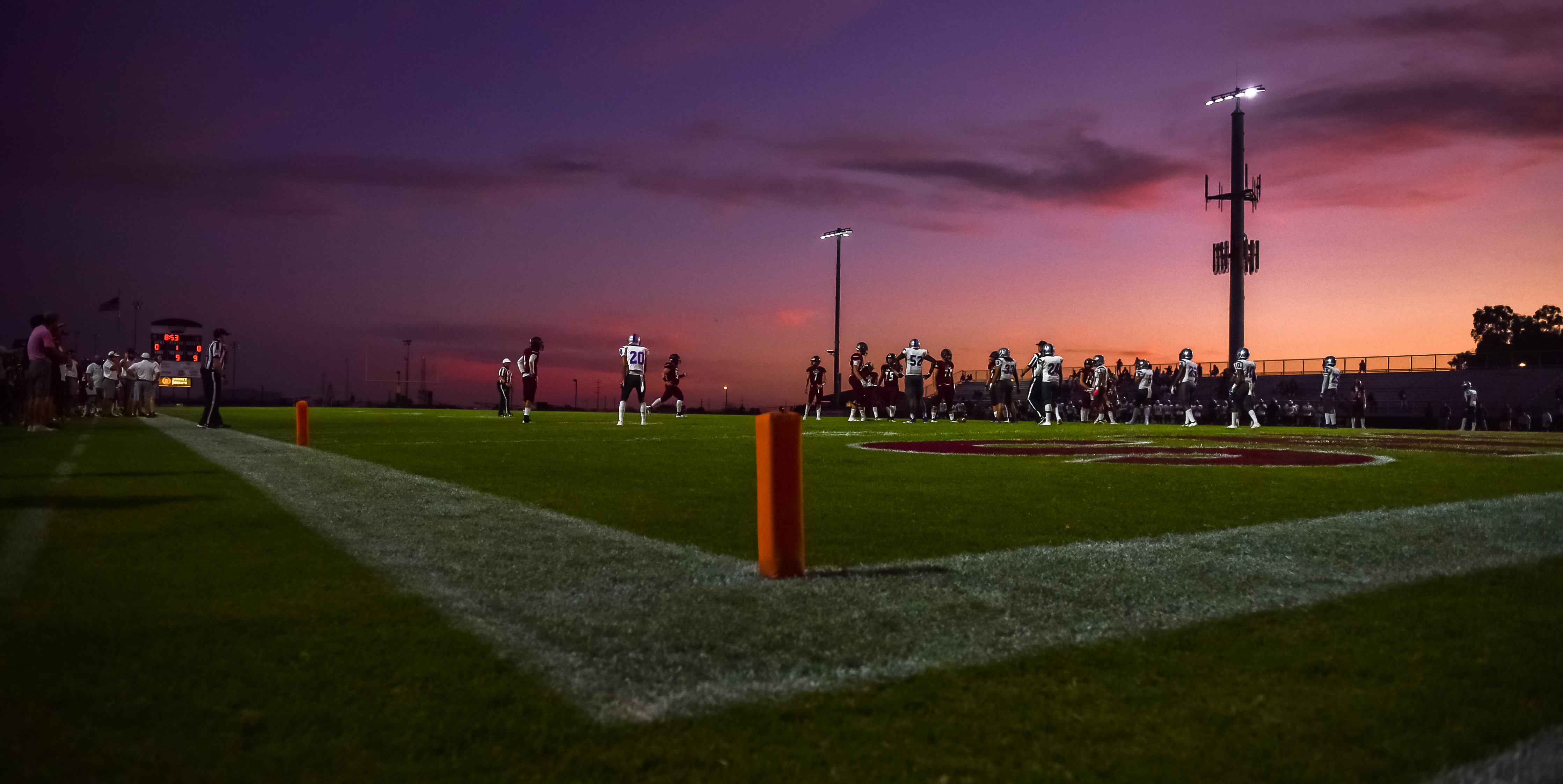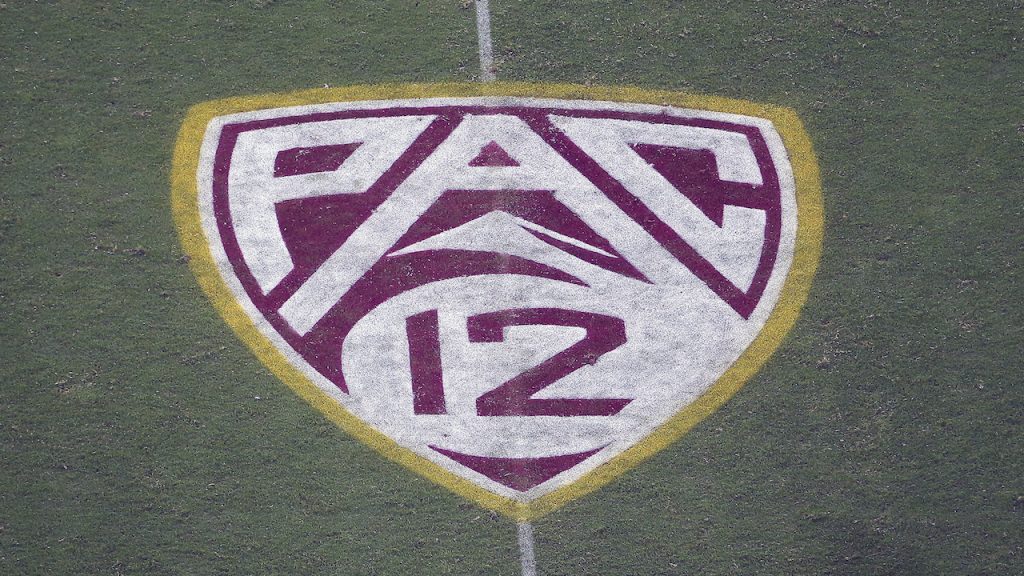The Hotline mailbag publishes each week. Send questions to pac12hotline@bayareanewsgroup.com and include ‘mailbag’ in the subject line. Or hit me on Twitter: @WilnerHotline.
Some questions have been edited for clarity and brevity.
How will the resignation of Stanford’s president affect Pac-12 leadership? Who are the possible candidates to take over, and do any of them care about sports? — @UACatManDo
It’s far too early for the Hotline to speculate on potential replacements for Marc Tessier-Lavigne and his successor’s impact on Stanford athletics, but the bar is fairly low: Any new university leader who knows that footballs are inflated, not stuffed, would be a victory for the Cardinal.
The impact on the Pac-12 is easier to assess, and limited.
First, a few words on the logistics.
Tessier-Lavigne’s resignation, which followed allegations of academic misconduct, is effective at the end of August. He remains a member of the Pac-12 Board of Directors until that point and, notably, will keep his position on the board’s executive committee until his departure, as well.
(The three-member executive committee helps drive the agenda for the board. The other members are Washington State’s Kirk Schulz, the chair, and Arizona’s Robert Robbins.)
Absent an offer from the Big Ten, Stanford has little leverage within the conference power structure. The school will vote to approve any reasonable media rights deal presented by commissioner George Kliavkoff, and it doesn’t matter if Tessier-Lavigne is on the job at the time or has been replaced by interim president Richard Saller.
However, Stanford’s situation reflects a larger challenge for the conference: board tumult.
As outlined below, half of the 10 university leaders — we’re excluding USC and UCLA, which don’t vote on the media deal — are either new to their positions or have announced their departures.
Here’s the list in chronological order from the date of assuming office.
(An asterisk indicates presidents/chancellors who have less than two years of experience or are stepping down in the next year.)
ASU’s Michael Crow: In office since July 2002
Colorado’s Phil DiStefano: In office since May 2009
Washington’s Ana Mari Cauce: In office since October 2015
WSU’s Kirk Schulz: In office since June 2016
* Stanford’s Tessier-Lavinge: In office since Sept. 2016; departing August 2023
Arizona’s Robert Robbins: In office since June 2017
* Cal’s Carol Christ: In office since July 2017; retiring June 2024
* Utah’s Taylor Randall: In office since September 2021
* Oregon State’s Jayathi Murthy: In office since September 2022
* Oregon’s John Scholz: In office since July 1, 2023
Kliavkoff is at once negotiating a media deal and (presumably) working with the presidents to get the newcomers up to speed and keep the outgoing members engaged.
What’s more, there is good reason to question Cauce’s interest in college sports and Crow’s instincts for college sports — he was a fervent supporter of Larry Scott — and we can’t help but wonder how much longer DiStefano, a septuagenarian, plans to remain on the job.
In other words, there are just two presidents, Schulz and Robbins, with ample experience in office and a solid grasp of college athletics.
Fortunately for the Pac-12, both of them are on the executive committee.
With the current media deal with ESPN and Fox, is the $20 million per-school figure that’s commonly referenced the annual amount or an average of all the years? If it’s an average, how much are the schools making this year from that deal? — @AmbitiousCoug
Good question.
In 2011, the conference agreed to a 12-year deal with ESPN and Fox that expires in the summer of 2024 and averages $250 million per year, according to the term sheet. (The Hotline has a copy.)
That breaks down to $20.8 million per school per year, but the deal included a 5.1 percent annual increase (escalator clause).
Here are the payouts for the final three years of the deal:
FY2022: $290.66 million ($24.2 million per school)
FY2023: $305.62 million ($25.5 million per school)
FY2024: $321.34 million ($26.8 million per school)
Our guess is the Pac-12’s media contract cycle beginning in the 2025 fiscal year would carry a first-year valuation slightly above the FY2024 figure, with the average annual payout of the deal in the low-to-mid $30 million range.
The Hotline has always believed the Pac-12’s next contract would fall within 10 percent on either side of the Big 12’s average valuation ($31.7 million), and nothing has moved us off that stance.
If the athletic directors were in charge of the Pac-12 instead of the school presidents, would a media rights deal be done by now? — @MarcSheehan006
No, it absolutely would not, and here’s why (in my opinion):
With the ADs calling the shots, the conference would not be in this position. It would not have lost USC and UCLA, and it would not be negotiating a new contract.
The athletic directors would have been smart enough to accept ESPN’s offer in 2018 to partner on the Pac-12 Networks and sign the conference to a long-term deal for the Tier 1 rights.
In other words, the conference would have more money for the campuses, wider distribution for its football content and a stabilizing grant-of-rights deal that likely would have run into the 2030s.
The L.A. schools would not have been nearly as motivated to leave; nor would they have possessed the opportunity (because of the long-term contractual commitment).
So there would be no negotiations, no instability and no defections at this point.
Do you believe Pac-12 recruits are worried their friends and family will not be able to see them on TV? — @davidfloyd1980
I would argue this topic cannot be limited to high school recruits; transfers must be taken into account when evaluating success in the roster-building process.
But because the transfer portal for the 2023-24 cycle doesn’t open until December, we can only assess high school prospects at this point — and even then, the recruits have merely offered non-binding verbal commitments.
Put another way: It’s far too early to draw any conclusions.
The Pac-12 performed exceedingly well during the 2022-23 recruiting cycle (relative to recent years), with six teams in the top 30 of the 247Sports rankings. Four of them are continuing members: Oregon, Colorado, Utah and Washington.
On a purely subjective basis, I expect the momentum to continue. Recruits care far more about NIL deals, winning and getting to the NFL than they do media contracts.
Any change in the Pac-12 survival point spread? — @ironmikeluke
Not yet. The Hotline currently views Pac-12 survival as a 4-point favorite over Pac-12 extinction, but I am evaluating a series of developments and reassessing the line.
Certainly, the lack of a deal in time for the preseason media showcase (Friday in Las Vegas) will be considered — as will the manner in which commissioner George Kliavkoff handles the issue during his question-and-answer session with reporters.
The situation in Las Vegas will have no bearing on the terms of the contract. The media companies mulling whether to offer hundreds of millions of dollars annually for Pac-12 broadcast rights don’t care whether Kliavkoff has 20 minutes worth of satisfactory answers for the assembled reporters.
But in our view, there is a psychological component to the proceedings, with Kliavkoff’s performance potentially impacting the confidence level various campuses have in his leadership.
He is, after all, leading a process that has lasted far longer than the presidents expected.
That said, the Hotline takes a multitude of factors into account when formulating the point spread for Pac-12 survival, and the most important pieces have always been options for Oregon and Washington and the sports-media landscape.
Nothing has changed with the former: The Big Ten isn’t adding more schools at the present.
But something could be changing with the latter: The market for live sports is rapidly shifting to streaming, with ESPN’s move to direct-to-consumer and potential partnership with either Apple or Amazon as the prime examples.
The enhanced demand for football content on streaming platforms and greater acceptance of streaming as a means of delivery seemingly would favor the Pac-12, which has cornered the market on Power Five football supply. (The other conferences have their rights locked up through at least 2030.)
The Hotline is evaluating the market shift — and the ESPN news, in particular — and discussing the developments with our industry sources.
I hope to have an updated point spread next week.
If any Pac-12 members are still considering leaving the conference, what media deal terms (dollars, distribution, grant-of-rights) would cause them to go through with that decision? — @Charlz_DeMar
My sense is that no school would leave the conference for an extra $2 million-to-$3 million per year in media rights. That amount constitutes a fraction of the annual budgets and would get swallowed by additional travel costs in the Big 12, for instance.
The distribution issue is tricky to assess. Sure, the remaining schools want a presence on linear television, but the shifting trends in media delivery — away from linear and toward streaming — must be considered.
By the second half of the next contract cycle (i.e., FY2028 and beyond) streaming very well could be the primary location for college football.
To summarize: If Kliavkoff secures a media rights deal that falls within 10 percent of the Big 12 and includes a solid linear presence on ESPN, we expect the schools to approve.
Did Washington have any say in the Michigan State game being moved to Peacock? I can’t imagine that UW is very happy with that, given that the game was scheduled with the assumption it would be on regular TV — @Pyperkub
Neither the Huskies nor the Pac-12 had any input, and it’s safe to assume both are displeased.
The network assignment for any given game is tied to the home team’s conference and media partners. The Big Ten controls that Sept. 16 showdown, meaning it was part of the selection pool shared by NBC, CBS and Fox.
Clearly, NBC felt the matchup would help drive viewership to its streaming platform, and it has made the same calculation with other early-season Big Ten affairs: Both Michigan and Penn State are scheduled for September appearances on Peacock.
Am I reading too much between the lines in that I think a media deal will happen soon (next few days) since John Canzano and yourself have not done your podcast lately? — @lilcmac5
Yes, you are reading too much into it.
While I believe a media deal will be completed soon — perhaps in the next few weeks and certainly before the start of the season — that has not impacted the ‘Canzano and Wilner’ production schedule.
Instead, the pause was entirely personal: I was on vacation for the weeks of July 3 and July 10 — Canzano was gone during that time, as well — and we committed to staying on vacation unless there was significant media rights news. (There wasn’t.)
This week, we decided against recording in the usual slot (Wednesday) because there would be limited shelf life to any episode given the upcoming Pac-12 football media event.
The podcast will be back within days and, depending on news, possibly within hours.
Thanks for your question and support.
*** Send suggestions, comments and tips (confidentiality guaranteed) to pac12hotline@bayareanewsgroup.com or call 408-920-5716
*** Follow me on Twitter: @WilnerHotline
*** Pac-12 Hotline is not endorsed or sponsored by the Pac-12 Conference, and the views expressed herein do not necessarily reflect the views of the Conference.
Related posts:
 Pac-12 chaos: Judge sides with WSU and OSU, brings board business to temporary halt
Pac-12 chaos: Judge sides with WSU and OSU, brings board business to temporary halt
 Pac-12 chaos: Court documents show Washington, Oregon expected to be removed from key board discussions
Pac-12 chaos: Court documents show Washington, Oregon expected to be removed from key board discussions
 Huffman – Pac-12 Recruiting Roundup, Key Targets for next November
Huffman – Pac-12 Recruiting Roundup, Key Targets for next November

(AP Photo/Marcio Jose Sanchez)
Hotline mailbag: Impact of the Comcast mess, options for Oregon and UW, Kliavkoff’s leadership, Pac-12 expansion options and moreJon Wilner
Jon Wilner has been covering college sports for decades and is an AP top-25 football and basketball voter as well as a Heisman Trophy voter. He was named Beat Writer of the Year in 2013 by the Football Writers Association of America for his coverage of the Pac-12, won first place for feature writing in 2016 in the Associated Press Sports Editors writing contest and is a five-time APSE honoree.
